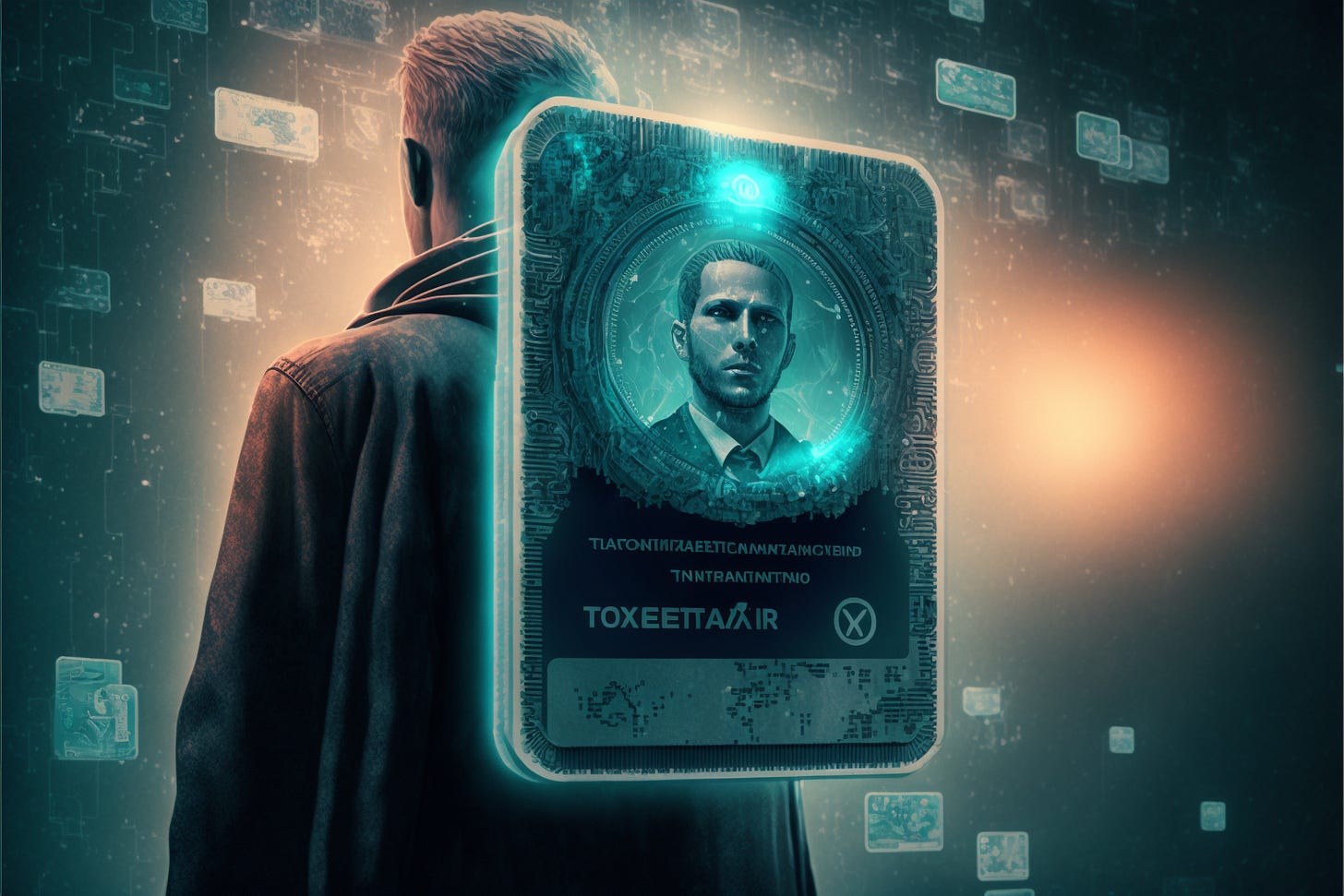What is tokenization
Tokenization: Understanding the Technology, Benefits, and Applications of a Transformative Digital Asset Management Method
Tokenization is a process that involves replacing sensitive data with a series of randomly generated characters, known as tokens. In the context of blockchain, tokenization refers to the process of representing real-world assets as digital tokens on a blockchain platform. This can be used to track and manage a wide range of assets, including financial instruments, physical assets, and even intellectual property.
What are the platforms to use for blockchain tokenization
There are a number of platforms that can be used for blockchain tokenization, including:
Ethereum: Ethereum is a decentralized blockchain platform that is widely used for the development of smart contracts and the creation of tokens. Ethereum supports the ERC-20 token standard, which is a widely adopted standard for the creation of tokens on the Ethereum platform.
Bitcoin: While Bitcoin is primarily known as a cryptocurrency, it can also be used for tokenization. The Bitcoin blockchain supports the creation of tokens using the Omni Layer protocol, which is a layer on top of the Bitcoin blockchain that enables the creation and transfer of tokens.
Hyperledger Fabric: Hyperledger Fabric is an open-source blockchain platform that is developed and maintained by the Linux Foundation. It is designed for the creation of private, permissioned blockchain networks and supports the creation of tokens using smart contracts.
Corda: Corda is an open-source blockchain platform that is designed for financial applications. It supports the creation of tokens using smart contracts and is used by a number of financial institutions and other organizations.
TRON: TRON is a decentralized blockchain platform that is designed for the creation and distribution of content. It supports the creation of tokens using smart contracts and is used by a number of content creators and other organizations.
There are many other platforms that can be used for blockchain tokenization, and the choice of platform will depend on the specific needs and requirements of the organization. It is important to carefully consider the capabilities and limitations of different platforms before deciding which one to use for a particular tokenization project.
To understand how tokenization works in the context of blockchain, it is helpful to consider an example. Suppose that a company wants to track and manage its inventory of physical goods using a blockchain platform. Rather than storing the actual physical goods on the blockchain, the company could instead use tokenization to represent the goods as digital tokens on the blockchain. Each token would represent a specific physical asset, such as a particular product or piece of equipment, and would contain information about the asset, such as its serial number, location, and ownership.
One of the main benefits of tokenization in blockchain is that it can provide a secure and transparent way to track and manage assets. Since the tokens are stored on a decentralized blockchain platform, they are difficult to alter or tamper with, which helps to ensure the integrity and accuracy of the asset information. Additionally, the transparency of the blockchain makes it easy for all parties to view and verify the asset information, which can help to build trust and improve the efficiency of asset management.
Another benefit of tokenization in blockchain is that it can help to streamline and automate various asset-related processes, such as tracking ownership, transferring assets, and executing contracts. For example, tokens can be programmed to automatically execute certain actions when certain conditions are met, such as transferring ownership when a payment is received. This can help to reduce the need for manual intervention and reduce the risk of errors or fraud.
There are also some challenges and considerations involved in implementing a tokenization system on a blockchain platform. One of the main challenges is that tokenization requires the use of smart contracts, which are self-executing contracts with the terms of the agreement between buyer and seller being directly written into lines of code. Smart contracts can be complex to design and implement, and require a thorough understanding of the assets being represented and the processes being automated.
Another challenge is that tokenization on a blockchain platform requires the use of cryptocurrency or other digital assets to facilitate the transfer of tokens. This can be a barrier for some organizations that are not familiar with cryptocurrency or are hesitant to use it due to regulatory or other concerns.
Despite these challenges, tokenization in blockchain has the potential to transform the way that assets are tracked and managed, and can provide a secure, transparent, and efficient way to handle a wide range of assets. As such, it is an important consideration for any organization that needs to track and manage assets using a blockchain platform.




